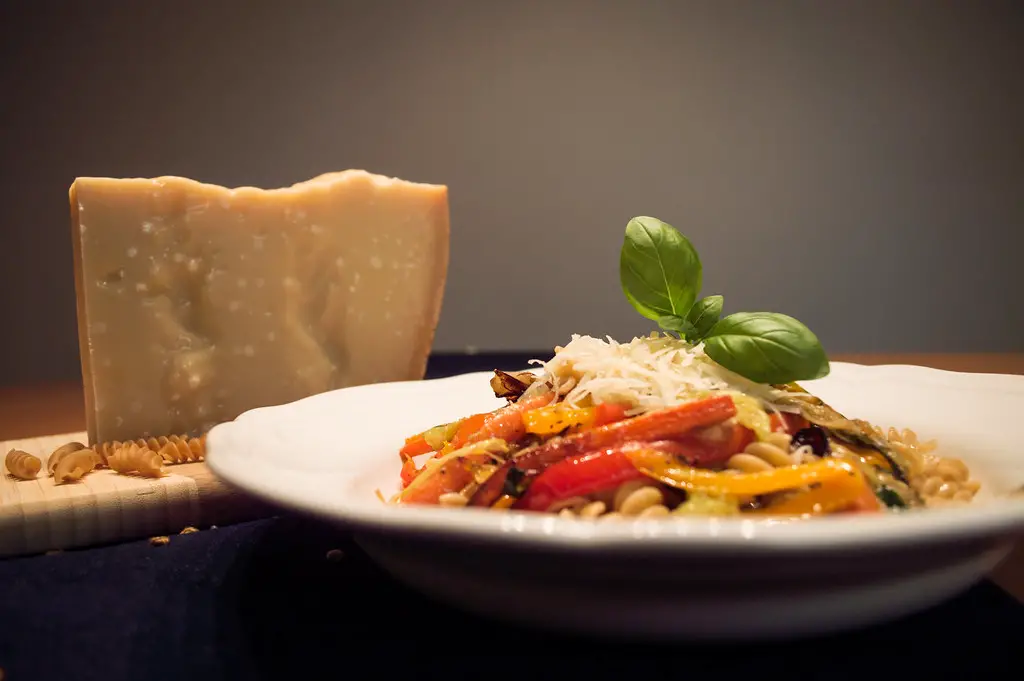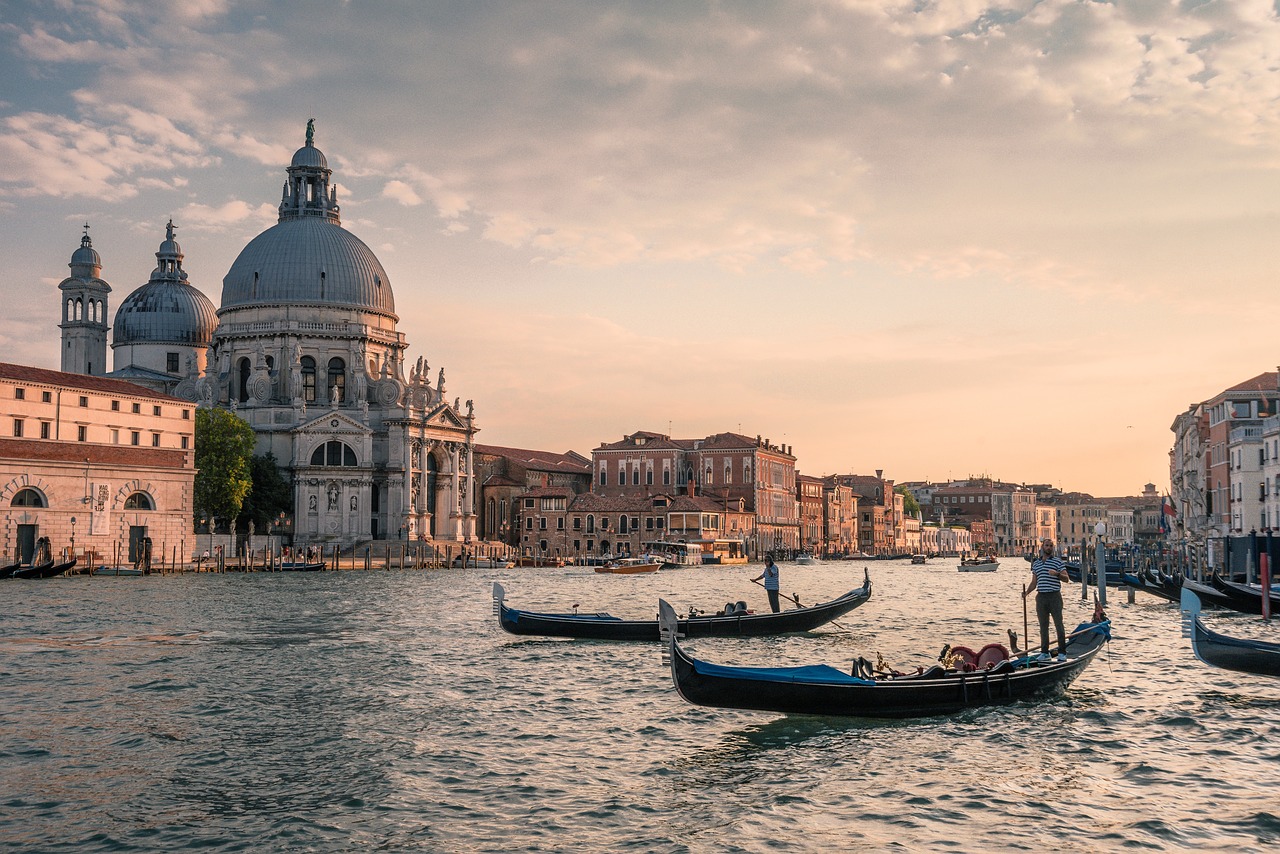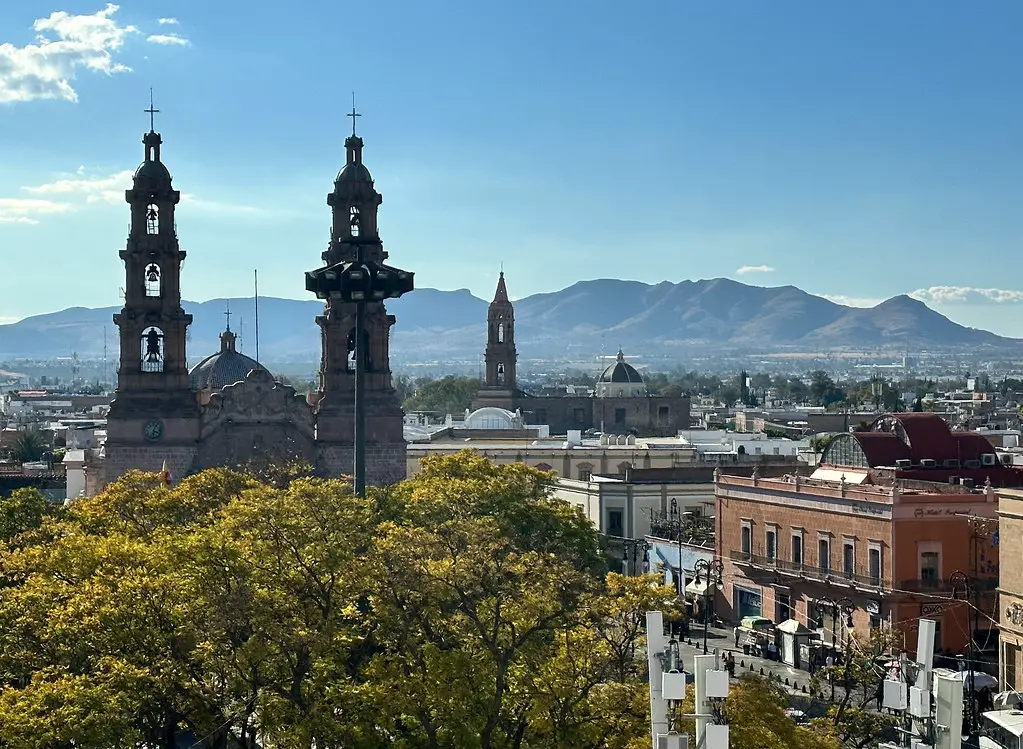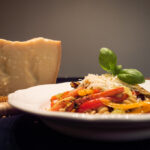Rome, the Eternal City, is a culinary paradise where history and flavor intertwine. From the aroma of freshly baked focaccia to the rich, velvety taste of a perfectly executed carbonara, the city promises a gastronomic adventure. But for every authentic trattoria serving time-honored recipes, there’s a tourist trap waiting to lure unsuspecting visitors with overpriced, lackluster dishes. During my recent trip to Rome, I learned the hard way how to distinguish between the soulful dishes of true Italian cuisine and the mediocre fare peddled by tourist traps. This article shares my journey, offering insights into authentic Italian dishes, tips for spotting tourist traps, and lessons that will help you savor Rome like a local.
The Allure of Roman Cuisine
Roman cuisine is rooted in simplicity, tradition, and high-quality ingredients. Dishes like cacio e pepe (cheese and pepper pasta), carbonara, amatriciana, and saltimbocca alla Romana reflect the city’s culinary philosophy: less is more when the ingredients are exceptional. These dishes, often born from peasant traditions, rely on local staples like pecorino Romano cheese, guanciale (cured pork cheek), and fresh pasta. The beauty of Roman food lies in its unpretentiousness—recipes passed down through generations, executed with precision and care.
My first taste of authentic Roman cuisine came at a small trattoria in Testaccio, a working-class neighborhood known for its food culture. The menu was short, handwritten, and entirely in Italian—a good sign, as I’d later learn. I ordered cacio e pepe, a deceptively simple dish of spaghetti, pecorino Romano, black pepper, and pasta water. The pasta was al dente, the sauce creamy yet light, with a sharp kick of pepper. It was a revelation: just three ingredients, yet the dish was unforgettable. This experience set the bar for what I’d come to recognize as authentic Roman food—fresh, local ingredients, prepared with respect for tradition.
The Tourist Trap Trap
My next culinary stop was less inspiring. Wandering near the Colosseum, I was drawn to a restaurant with a colorful menu featuring photos of pizza, pasta, and tiramisu, conveniently translated into five languages. The waiter, standing outside, beckoned me in with promises of “traditional Italian food.” Hungry and tired, I obliged. The spaghetti Bolognese I ordered was a watery, bland disappointment, the sauce tasting suspiciously like it came from a jar. The bill, however, was anything but disappointing—it was shockingly high for such mediocre fare. This was my first encounter with a tourist trap, and it wouldn’t be my last.
Tourist traps in Rome thrive on convenience and visibility. They’re often located near major attractions like the Colosseum, Pantheon, or Spanish Steps, with menus designed to appeal to international tastes. Dishes like “spaghetti Bolognese” (not a Roman dish, despite its popularity) or “fettuccine Alfredo” (virtually unknown in Italy) are red flags. These establishments prioritize turnover over quality, serving generic, overpriced food to tourists who may not know better. The experience left me determined to learn how to avoid such places and seek out the real Rome.
Key Lessons for Spotting Authentic Eateries
Over the course of my trip, I developed a set of strategies for finding authentic Italian restaurants and avoiding tourist traps. Here are the lessons I learned:
1. Location Matters, But Not Always
Restaurants near major tourist sites are often designed to cater to visitors, not locals. However, proximity to a landmark doesn’t automatically mean a place is a trap. Some authentic gems are tucked away in side streets just a few steps from the crowds. For example, I found a fantastic osteria near Piazza Navona that served supplì (fried rice balls) and filetti di baccalà (fried cod) that rivaled any street food I’d tasted. The key was its unassuming exterior and lack of aggressive touting.
Tip: Venture a few streets away from major attractions. Look for places with simple signage and no one standing outside trying to lure you in.
2. Menus Tell a Story
Authentic Roman restaurants typically have short, focused menus featuring regional specialties. If the menu is a laminated booklet with pictures and translations in multiple languages, proceed with caution. Authentic eateries often have handwritten or daily-changing menus, reflecting seasonal ingredients and a commitment to freshness. At a trattoria in Trastevere, I noticed the menu listed only a handful of dishes, including gnocchi alla Romana and tripe alla Romana, both local staples. The food was divine, and the limited selection signaled confidence in their craft.
Tip: Look for menus with fewer than 10 dishes, written in Italian, and featuring local specialties like carciofi alla giudia (Jewish-style artichokes) or pasta all’amatriciana.
3. Locals Know Best
One of the best ways to find authentic food is to eat where the locals eat. In Rome, this often means venturing to neighborhoods like Testaccio, Ostiense, or Garbatella, where tourism is less prevalent. At a small enoteca in Ostiense, I joined locals for an aperitivo of porchetta (roast pork) and a glass of Frascati wine. The atmosphere was lively, the food was fresh, and the prices were reasonable. Observing where Romans dine—especially during lunch hours—can lead you to hidden gems.
Tip: Ask locals for recommendations or observe where they’re eating. Avoid places where the clientele consists entirely of tourists.
4. Price vs. Quality
Tourist traps often charge exorbitant prices for subpar food, while authentic restaurants offer reasonable prices for high-quality dishes. A plate of carbonara at a touristy spot near the Trevi Fountain cost me €18, while a far superior version at a family-run trattoria in Monti was €9. Be wary of “service fees” or “coperto” charges (a cover charge for table service) that seem inflated. Authentic places are transparent about pricing and don’t rely on hidden fees to pad the bill.
Tip: Check online reviews for mentions of pricing and quality. If a restaurant’s reviews complain about high prices for mediocre food, steer clear.
5. The Bread Test
One surprising lesson came from the bread basket. In authentic Roman restaurants, the bread is often simple, crusty, and served without fanfare—sometimes even slightly stale, as it’s meant to complement the meal, not steal the show. Tourist traps, on the other hand, may offer a fancy bread basket with flavored oils or spreads to justify an extra charge. At one touristy spot, I was charged €5 for a basket of generic rolls, while at an authentic trattoria, the bread was free and perfectly suited to sopping up the sauce from my amatriciana.
Tip: If the bread basket feels overly curated or comes with an unexpected charge, you might be in a tourist trap.
Authentic Roman Dishes to Seek Out
To truly experience Rome’s culinary soul, focus on dishes that are quintessentially Roman. Here are a few must-try dishes and what makes them special:
- Cacio e Pepe: This iconic dish is a masterclass in simplicity—spaghetti, pecorino Romano, black pepper, and pasta water. The key is the technique: the pasta water and cheese are emulsified to create a creamy sauce without cream. Look for restaurants that use fresh, handmade pasta for the best experience.
- Carbonara: Forget cream or bacon—authentic carbonara is made with guanciale, eggs, pecorino Romano, and black pepper. The result is a rich, silky sauce that clings to the pasta. I had an unforgettable carbonara at a small osteria in Campo de’ Fiori, where the guanciale was crispy and the sauce perfectly balanced.
- Amatriciana: This spicy tomato-based pasta dish features guanciale, pecorino Romano, and chili peppers. It originated in the nearby town of Amatrice but is a Roman staple. The best versions use high-quality guanciale and San Marzano tomatoes.
- Saltimbocca alla Romana: Thin veal cutlets wrapped with prosciutto and sage, cooked in white wine and butter. The name means “jump in the mouth,” and a well-made version lives up to it. I enjoyed this dish at a trattoria in Prati, where the veal was tender and the flavors harmonious.
- Carciofi alla Giudia: Deep-fried artichokes from Rome’s Jewish Ghetto are crispy on the outside and tender inside. They’re a seasonal treat, best enjoyed in spring when artichokes are at their peak.
Avoiding Common Tourist Trap Dishes
Tourist traps often serve dishes that sound Italian but aren’t part of Rome’s culinary tradition. Here are a few to avoid:
- Spaghetti Bolognese: While Bolognese sauce (ragù) exists in Emilia-Romagna, it’s not a Roman dish. In Rome, you’re more likely to find amatriciana or carbonara.
- Fettuccine Alfredo: This creamy dish is an American invention, rarely found in Italy. If you see it on a menu, it’s a sign the restaurant caters to tourists.
- Pizza with Pineapple: Hawaiian pizza is not Italian, and no self-respecting Roman pizzeria would serve it. Stick to classic Roman pizzas like margherita or quattro formaggi.
- Overloaded Salads: Italian salads are simple, often just greens, tomatoes, and olive oil. If the menu offers a “Caesar salad” or a salad with multiple toppings, it’s likely a tourist trap.
My Favorite Finds in Rome
After several missteps, I discovered a few restaurants that embodied the spirit of Roman cuisine. In Monti, a cozy trattoria served tonnarelli cacio e pepe that was so good I returned twice. In Testaccio, a family-run osteria introduced me to tripe alla Romana, a dish I was hesitant to try but ended up loving for its rich, tomatoey flavor. In Trastevere, a pizzeria offered pizza al taglio (pizza by the slice) with a perfectly crispy crust and fresh toppings. These places shared common traits: local clientele, passionate staff, and a focus on regional dishes.
Final Thoughts
My culinary journey through Rome taught me that authentic Italian food is about more than just taste—it’s about tradition, community, and pride in local ingredients. Tourist traps may offer convenience, but they lack the soul that makes Roman cuisine so special. By seeking out small, family-run establishments, paying attention to menus, and embracing local dishes, you can experience the true flavors of Rome.
Next time you’re in the Eternal City, skip the flashy restaurants with multilingual menus and seek out the unassuming trattorias where locals gather. Ask for cacio e pepe or carbonara, savor the simplicity, and let the food tell the story of Rome’s rich culinary heritage. With a little knowledge and a willingness to explore, you’ll discover that the real Rome is as delicious as it is eternal.














